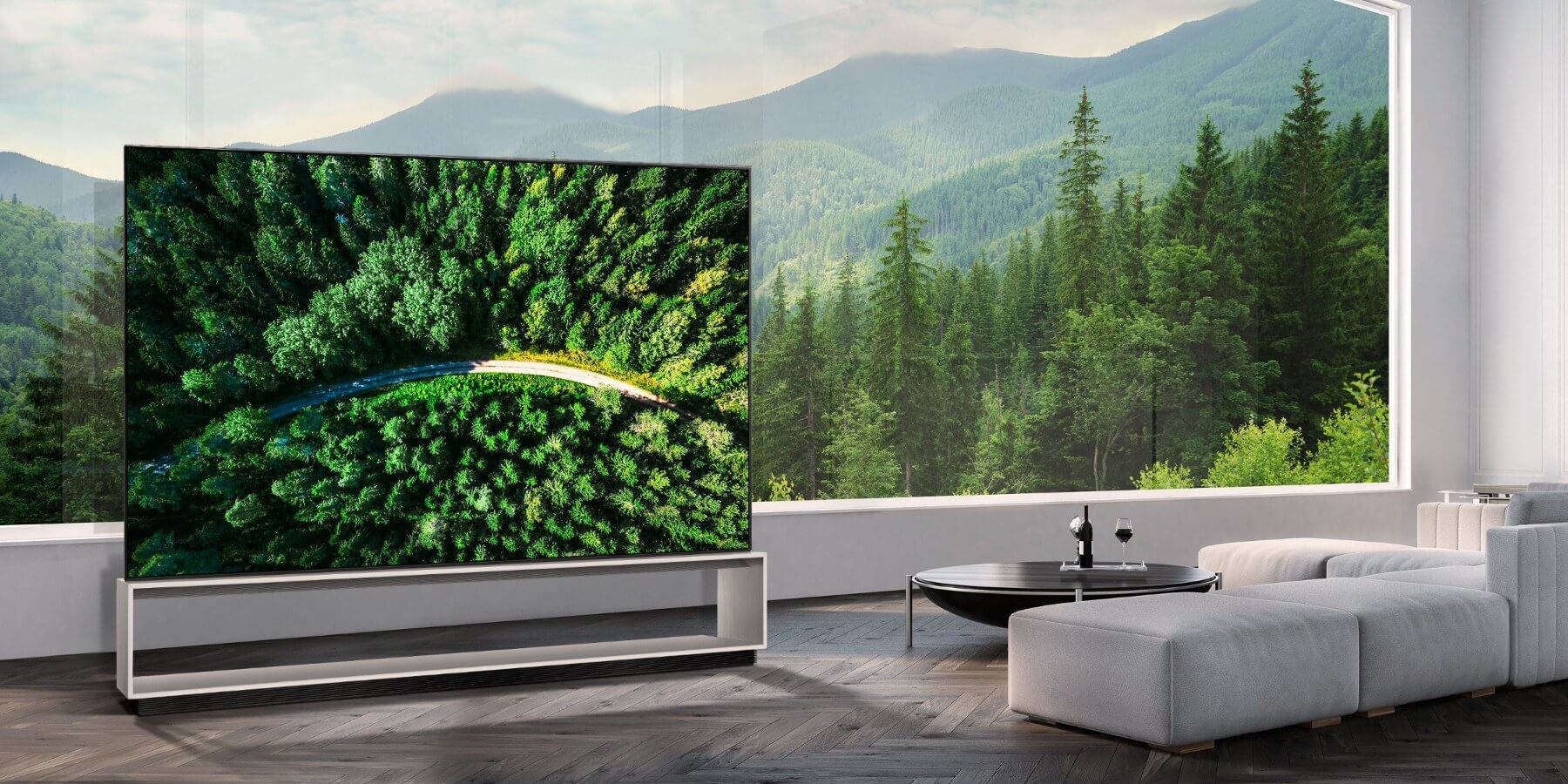A hot potato: LG’s gigantic and gorgeous LED televisions are one of their most popular products, but with flagship prices, customers also expect them to be reliable. In 2013, two Australians observed their models had developed “a fault where the screens were solarised and a different color,” in LG’s words, or were suffering from some pretty nasty burn-in in regular talk.

The two customers both contacted LG hoping for help, but they were told on the phone that LG’s warranties don’t cover burn-in. At the time this was explicitly stated in LG’s warranty manual, justified on the assumption that burn-in could not occur during regular use, which was clearly false. LG subsequently updated their policies to replace burn-in under warranty in certain circumstances in 2016. Back in 2013, however, the two customers had taken the issue to the Australian Competition & Consumer Commission.
The case made it to the Federal Court in 2015, with the ACCC alleging LG misrepresented the law. Australian law specifies that products be “safe, lasting and with no faults,” and notably, “match any demonstration model or sample you asked for.” The TVs in question had been displayed in-store with no burn-in, and after one year of normal use, should be expected to function the same. An unfavorable ruling for LG and an AU$160,000 ($110,000) fine has been imposed.
“Consumer guarantee rights are separate to warranties offered by manufacturers and will always be available to consumers who find they have been sold a faulty product,” ACCC Commissioner Sarah Court said. “The Court’s decision is a reminder that making misleading statements about consumer guarantee rights, even to only one or two consumers, can result in penalties being imposed.”
LG’s LED televisions are now generally considered burn-in resilient, though their OLED line-up, which is steadily replacing the older LEDs, is certainly criticized for the flaw on a regular basis. For reasons related or otherwise, OLED sales have kept growing but at a slower pace than anticipated. Half a million units were sold in the first half of 2017, 1.1 million units sold in the first half of 2018, and 1.3 million units are expected to have been sold in the first half of this year.
Correction: A previous revision of this article affirmed that the TVs suffering from burn-in were of OLED variety, LG has confirmed that this case refers to a separate LED technology, not OLED.
LG statement: An LG representative reached out to us to clarify that it has always been LG policy to support Australian law and that the error of ignoring Australian law was only made by a small number of call center employees. The court deemed these “were cases of understandable human error” and no “widespread or systematic program of LG misleading consumers” was present.
https://www.techspot.com/news/81797-australian-courts-fine-lg-110000-misleading-consumers-about.html